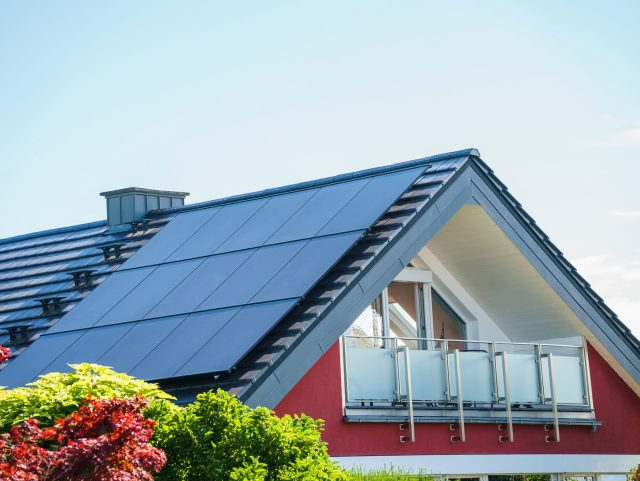By Ghana News Michael Kofi Kenetey
Germany has reached the halfway point in its plan to expand solar energy by 2030, the German Solar Industry Association (BSW-Solar) said.
The industry lobby group said the country now has 107.5 gigawatts of capacity installed of the targeted 215 gigawatts.
The nearly 5.3 million systems installed on rooftops, balconies, open spaces over car parks and even on bodies of water now cover around 15% of Germany’s electricity needs.
“In the past 25 years, photovoltaics have developed from an expensive satellite technology into the cheapest form of electricity generation on Earth,” said BSW-Solar’s chief executive Carsten Körnig.
Worries about slowing pace
Still, Körnig said he remains concerned, as the expansion of solar power generation had recently slowed. His association now sees the 2030 target at risk, warning against reducing the pace of development.
“Electricity demand is growing, and the solarization of rooftops, façades and open spaces must not slow down. Half the journey is complete, but the next stage is no automatic success,” Körnig said.
In his view, there is no alternative to a stronger expansion of photovoltaics and storage systems. “The current heatwave and increasing climate damage painfully underline this,” he added.
The association is particularly focused on the expansion of storage systems “to fully realize the potential of photovoltaics in a system-friendly way.”
Currently, around 2 million battery storage systems with a total capacity of approximately 20 gigawatt hours are available in Germany. However, by 2030, storage capacity will need to increase to around 100 to 150 gigawatt hours.
To achieve this, the association called for the swift implementation of the building code privileges for battery storage systems outlined in the German government’s coalition agreement.
Most solar capacity stems from systems attached to buildings, such as those on rooftops and façades, according to the Federal Network Agency’s market master data register.
These account for 4.2 million systems with around 71 gigawatts of capacity.
After that comes open-space systems. Although there are only about 20,000 of these, they account for nearly 33 gigawatts. Balcony power plants, with over 1 million installations, are much more common but, due to their lower capacity, collectively contribute only around 1 gigawatt.
Source: dpa
